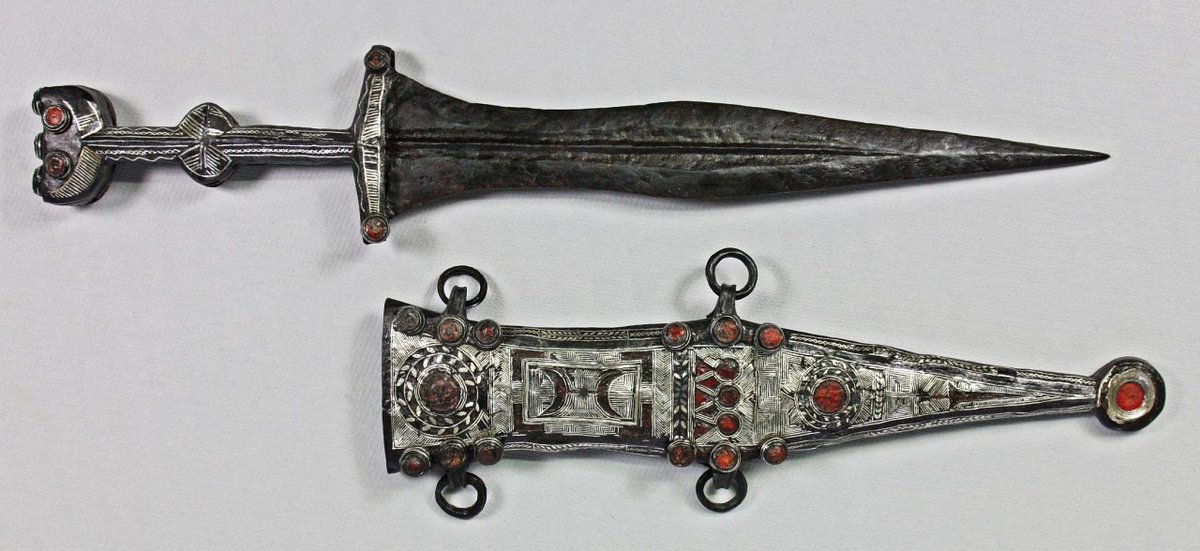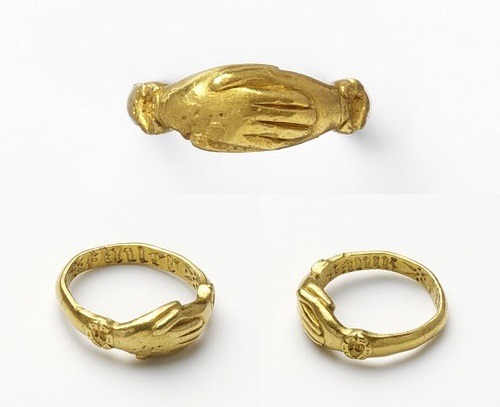2277
2278
2279
2280
2281
2282
2283
2284
2286
A modern interpretation of Antinous. Amazing work of Becca Saladin / royaltynowstudios.com
2288
2289
2290
2291
2292
2293
2294
2297
2298
2299
























